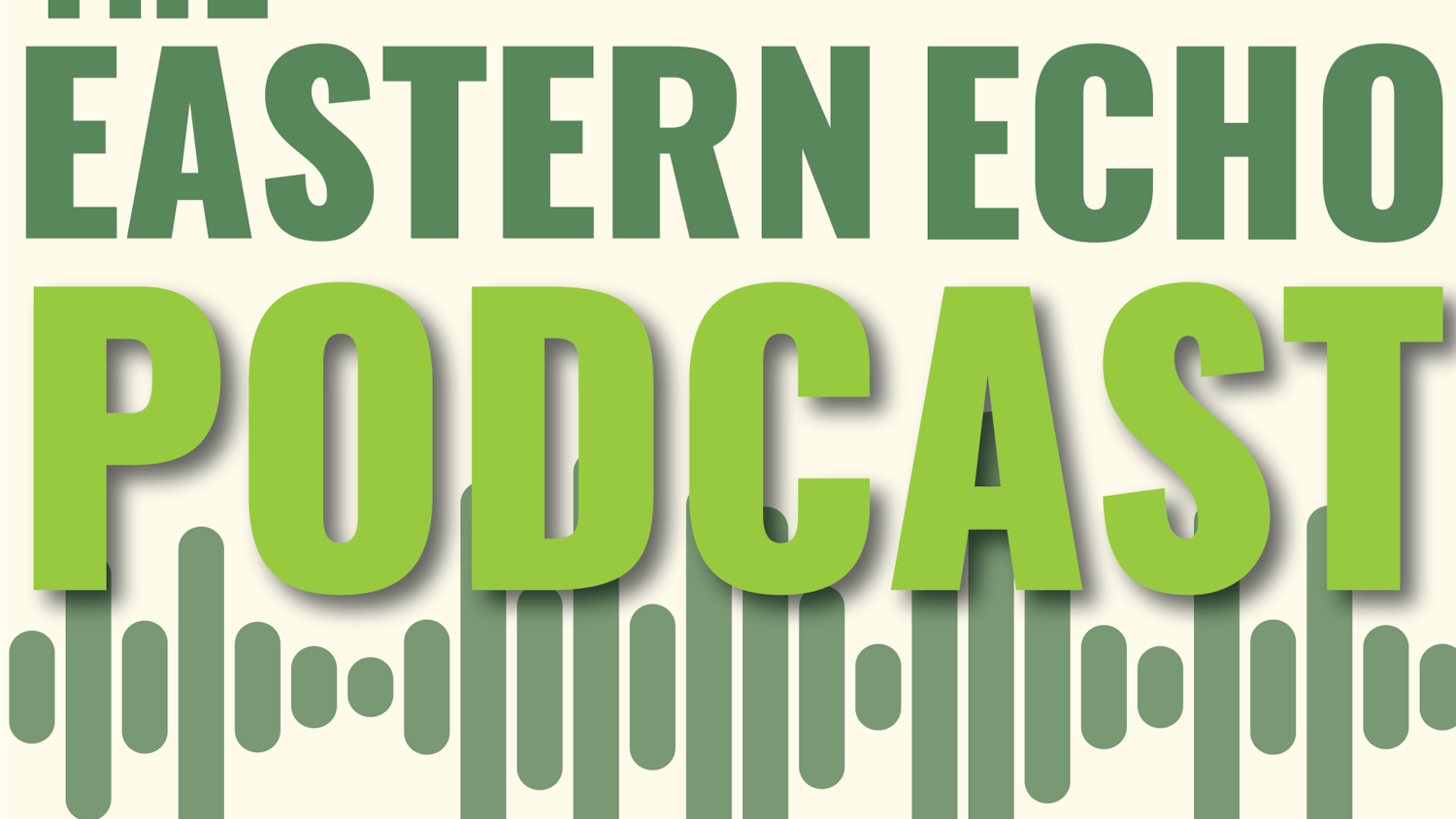Jean Chen Ho’s debut novel, “Fiona and Jane,” released Jan. 4, follows the titular Fiona and Jane as they navigate friendship, identity, love, and heartbreak, from childhood to adulthood.
Told in a collection of non-linear short stories, alternating voices trace Fiona’s and Jane’s lives as they move between different states and stages of life. Ho attempts to portray an intimate friendship between women whose relationship serves as a reminder of everything they have gained— as well as everything they have lost.
“Fiona and Jane” did not work for me. As the novel is delivered in chapters that read as standalone short stories, it was difficult to tell what point in their lives Fiona and Jane were in, besides the first three chapters that are told in a linear fashion. The narration style did not make much sense either—we get a clearer picture of Jane because she is narrating as opposed to the distant third-narration style of Fiona’s chapters. Although I disliked both characters, I understood Jane more so than Fiona because of her point of view.
Considering the book is described as centering around their friendship, Fiona and Jane appeared to exist on the periphery of each other's lives. More time was spent on the toxic men and women that they were in sexual or romantic relationships with than any meaningful details that would help shape them into complex, nuanced characters. The important moments we do see—like the fetishization and stereotyping of Asian women, as their identity as Taiwanese Americans comes up in multiple instances—are not explored in any way that is significant or interesting and tend to fall flat in terms of emotional impact.
Fiona and Jane interact at places like bars, restaurants, and parties where secondary characters—that typically make an appearance only once—take the spotlight rather than the protagonists. Conversations between the protagonists and secondary characters escalate into pointless arguments that feel both unauthentic and exaggerated, making it difficult to stay engaged with the story. Their individual stories developed in strange, disjointed ways that were oftentimes more confusing than interesting.
Though I disliked the story, Ho’s writing is tender and sharp and the form of the book itself allowed her to take the story in several unique directions, despite its failed delivery. Although I would not recommend this novel, I am still interested in reading her future works.
I would give “Fiona and Jane” 2.5 out of 5 stars.









